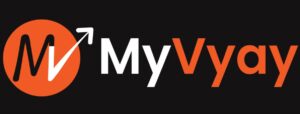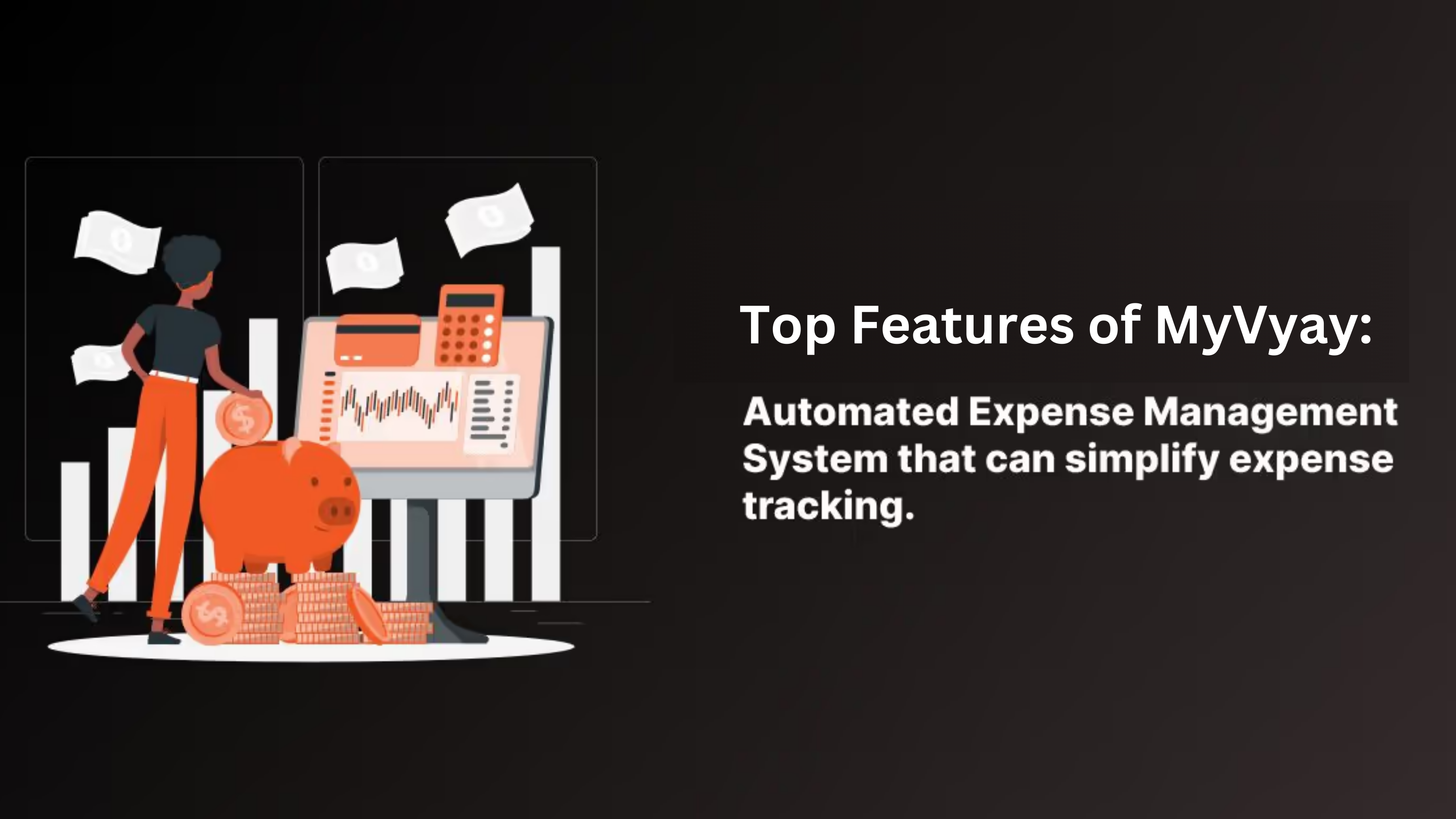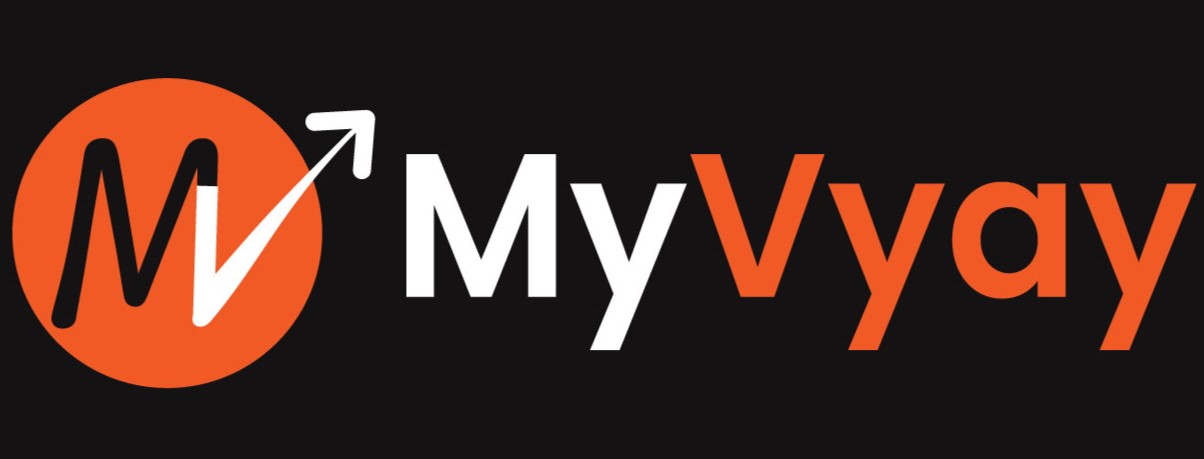Your finance team may find opportunities to automate and streamline business processes and workflows for expense management.
We provide a definition of expense management and explain how to choose expense management software that automates employee expense reimbursement processes and reduces business operating costs through expense compliance, fraud elimination, and better expense management.
What Is Expense Management?
Expense management is a business process system that ranges from creating company policies, sending employees electronic receipts, issuing company credit cards to employees for routine purchases, generating exception reports, routing expense requests to approvers, reviewing expenses, and making payments to reimbursement of employees. for approved expenses.
Expense Management is a system for reviewing, tracking, and processing employee expense reimbursements and employee-related corporate credit card transactions. Specialized online expense management software and mobile apps integrate with accounting software and ERP systems.
Common Examples of Travel & Expenses (T&E)
Corporate Common examples of travel and expenses (T&E)
Corporate travel and business expenses include:
- Ticket price
- Car rental companies
- Taxi or driving services like Lyft and Uber
- Hotel, motel and other accommodation costs such as Airbnb
- Working lunches during business trips, entertainment or employee motivation
- Company car expenses (excluding commuting)
- Routine purchases of office supplies (residual expenses do not go through purchases)
- Professional license costs
- Costs of further education
- tuition reimbursement (according to company policy)
- Employee networking costs
Importance of Expense Management
Expense management is important because it allows a company to automate and implement controls over employee expenses through compliance with company policies, checking for duplicate and fraudulent payments, obtaining approvals, implementing budget controls, and tracking employee expenses by category.
Importantly, employee expense reports and credit card transactions are reviewed for legitimate business purposes (rather than personal spending) and compliance with spending limits to reduce improper or excessive spending in a business with an adequate expense management system.
Total expense management software, which is a subset of expense management software, can reduce the cost of processing employee expenses for low-cost items by sourcing and purchasing items outside of the purchasing department. Transform the journey your finance team works. Bring scale and efficiency to your business with fully automated, end-to-end engagements with our finance team.
Expense Management Process
The expense management process electronically captures invoices, compares documents, reviews, audits, approves, tracks, and reimburses employee expenses. A business may use a company credit card issued by an employee to pay and capture some employee expenses.
What is the Expense Management Ratio?
For a firm, rather than a mutual fund, the expense management ratio can be defined in two ways:
- Management of the total percentage of operating costs incurred in the business
- Management of purchases through the purchasing department vs.
- Ratio of management costs to operating costs
Management Ratio for Operating Expenses
According to Jerry Auel, vice president of AgDirect Credit, part of FarmCredit:
“The normal range for an operating expense ratio is usually between 60% and 80%, and the lower the better. Under 70%, you’re doing a really good job of controlling spending.”
Although the operating expense ratio refers to the company’s total costs, good management of employee-related costs can help keep the operating expense ratio below 70%. Cost management makes the company attractive to lenders, lowers borrowing rates and helps it achieve KPI performance targets.
Expense Management Ratio for Tail Spend
In order to reduce the total cost of purchasing and acquisition, the enterprise can strictly manage only 80% of the business costs through the purchasing department. For the 20% of commonly ordered items with lower costs, it is more cost-effective to treat this expense as a necessary expense or special expense ordered and purchased by employees outside the purchasing department.
Expense Management Software vs. Traditional
Expense management software is designed specifically to manage employee expenses. It is more specialized than traditional accounting software and ERP systems. Some ERP companies offer expense management software that handles functions beyond the core ERP system. Expense management software integrates with traditional accounting and ERP systems.
Within the expense management software category, some expense management software is specifically designed to provide end-to-end expense management through system-based expense controls and by using thousands of pre-approved vendors in their network for routine purchases such as office supplies.
Benefits of Expense Management Software
By using an automated expense management system instead of manual processes, employees will be less stingy by sending digital expense reports through software that reduces late reimbursements.
A mobile app or online SaaS expense management software captures employee receipts in real-time photos, OCR scans of paper receipts or e-receipts, making the expense reporting process much easier and faster when you’re on the go for business, pleasure, or making small routine purchases.
Your accounts payable team won’t lose their collective breath chasing down paper expense reports that get lost in the system, manually matching receipts and recalculating totals.
Employees submit receipts for automated data entry and the automated system does the heavy lifting of the entire expense management process. Business labor costs will therefore drop, or AP roles will shift to more meaningful work.
Policy compliance can be checked quickly and easily with expense management software rules that reflect company policies. Failure to adhere to spending policies will result in exclusions and reductions in improper reimbursements.
Expense management software features include system checks for duplicate payments and fraudulent employee expense claims.
The approval process is smoother, with automatic routing to designated approvers.
How to Choose Expense Management Software
When you begin the process of selecting and evaluating software for expense management software, start by looking at review sites and making a list of expense management companies to consider. List your most important business needs and match them with the features of expense management software offered by various vendors.
Examples of expense management solution software are SAP Concur, TripActions, and Expensify.
Make sure the vendors you are considering are financially stable and offer adequate customer support.
If your company is a small business, you may only need small business expense management software. You will need more extensive features with higher prices that your budget can handle for a medium or larger company.
In addition to getting the CFO’s approval, involve employees who frequently travel for business, incurring travel expenses, in the decision-making process. The system’s ability to handle travel and other expense reporting well is critical. Is the software easy and convenient to use and has a friendly user interface? Is the mobile app good for sending receipts and expenses? Does the software have the necessary features?
If the end user doesn’t like the system, you’ll experience a delay in capturing expense report data. Accounting will not immediately reflect accruals of costs, making corporate financial statements a less valuable source of information.
If the expense management software includes travel booking features, are there controls over spending to prevent overspending and ensure compliance with company policies to achieve good travel management?
Can corporate credit cards (sometimes called P-cards or purchasing cards) issued to employees and card transaction processing link to expense management software? Will an approved corporate card vendor provide the company with a source of transaction data and help you manage spend controls by employee and spend category?
The best expense management software for your business may be different than for other companies. Make your own decision about an expense management tool that provides automation that meets your specific business needs and enables best practices in expense management.
And consider using more than one type of expense management software if you need to manage residual expenses or have other needs that aren’t covered by the primary expense management system your company chooses.




